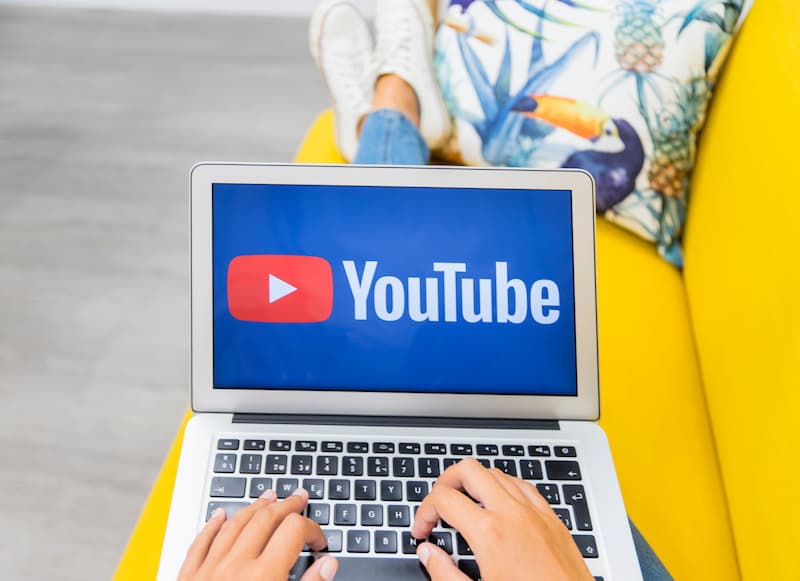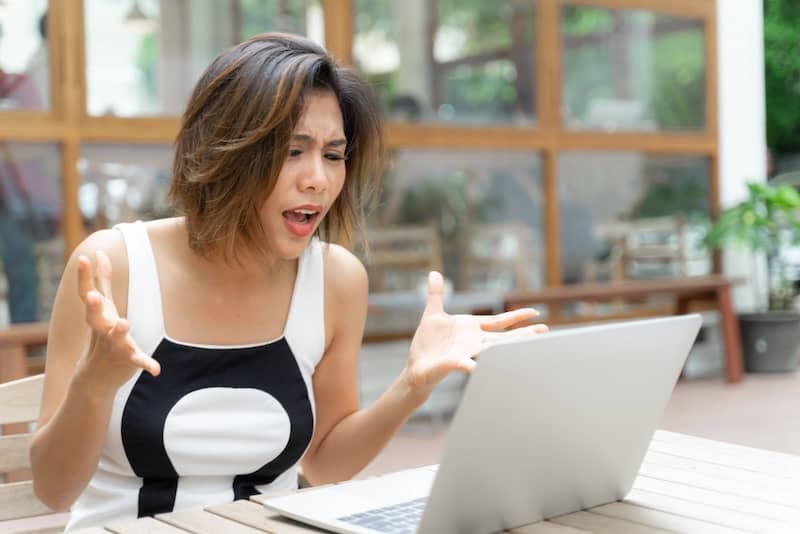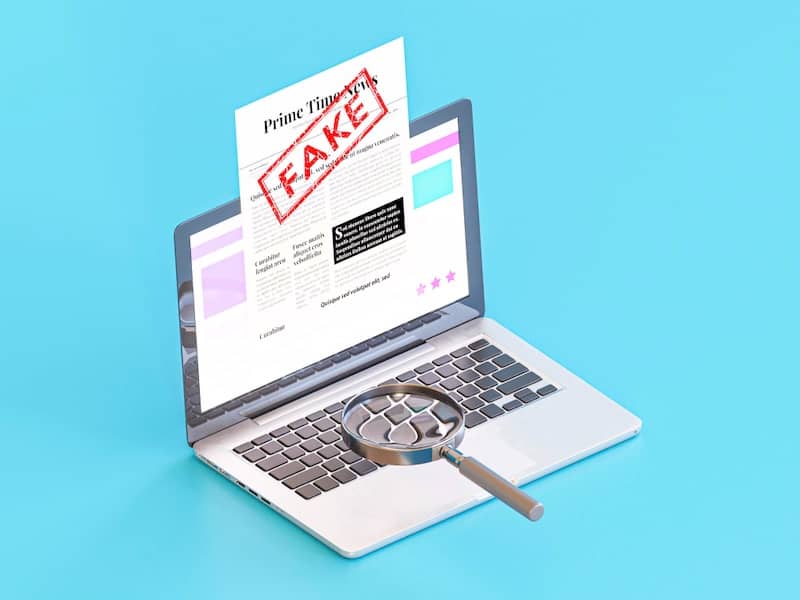YouTube is one of the most powerful tools for building brand visibility. With billions of logged-in users each month, it’s no wonder businesses use it to educate, promote, and connect with their audiences. But while it can boost your brand, it can just as easily put your reputation at risk, often in ways you didn’t see coming.
The surprising part? Your brand doesn’t even need its own channel to be affected. A single video from a customer, influencer, former employee, or critic can gain traction quickly. Once it’s out there, the impact can spread across your entire online presence if you don’t respond with a strategy for negative video suppression.
If you haven’t considered how YouTube could pose a risk to your brand, now’s the time to take a closer look.
1. Negative Videos that Live Forever
Unlike a fleeting social media post, a YouTube video can live on indefinitely. Once it’s published and indexed by Google, it can show up alongside your website in search results, creating a damaging first impression before potential customers even click through.
Let’s say someone posts a video titled “Why [Your Brand] is a Scam.” Even if the claims are unfounded or exaggerated, that video can dominate your brand search results if it gains traction. And because YouTube is owned by Google, these videos tend to rank very highly and stick around.
This is especially damaging when the title is sensational or misleading. Users often form opinions just by reading the title or thumbnail without ever watching the video. That’s how reputational damage begins—without context and without warning.
2. Viral Outrage and Commentary
The YouTube ecosystem is full of commentary creators who specialize in reacting to and criticizing public figures, companies, and brands. If your business becomes a target, even for a misunderstanding, you may find yourself in the middle of a viral outrage cycle you didn’t see coming.
Once one commentary video gains attention, others pile on. Their audiences fuel the momentum with comments, reactions, and remixes. Before you know it, the original video has sparked a dozen more. The damage isn’t just from one post—it’s from the echo chamber YouTube creates.
And here’s the worst part: You usually have no control over this type of content. Unlike a review platform or social media post you can flag or report, most negative YouTube videos don’t violate any content rules, especially when labeled as “opinion.”
3. Your Own Content That Backfires
Not all YouTube-related threats come from outsiders. Sometimes, your own videos can work against you, especially if they’re outdated, poorly made, or unintentionally tone-deaf.
Maybe your brand once published a promotional video that hasn’t aged well. Perhaps you showcased a campaign that seemed funny at the time but now appears insensitive. Or maybe a spokesperson said something off-script that wasn’t caught in the editing process.
Once it’s live, anyone can download, re-upload, or clip your video out of context. Even a small mistake can become a viral soundbite. And because YouTube allows embedding, these moments can travel across blogs, news sites, and forums with no clear path for takedown.
4. Fake or Misleading Content from Competitors
YouTube doesn’t require proof of identity to upload a video. That means your competitors, or even anonymous trolls, can create content impersonating customers, alleging scandals, or “reviewing” your business with false information.
You might think no one would believe a fake video, but remember this: visual content feels more authentic than text. A poorly lit, emotional testimonial claiming your brand failed someone can appear more real than a polished corporate video. And thanks to video editing tools, people can fake screenshots, emails, and “evidence” that paints your brand in a bad light.
This is where online reputation becomes more than just a PR problem—it becomes a crisis. Once a video like this begins circulating, especially if it includes fabricated claims, it’s difficult to contain the damage without professional help.
5. Toxic Conversations in the Comments
YouTube’s comment sections are notorious for being unfiltered. If your brand is mentioned in a video, even one not directly targeting you, the comment section can quickly fill with speculation, complaints, or mockery. And these conversations are public.
Sometimes the comments are more damaging than the video itself. For example, a neutral video reviewing a product you offer might trigger hundreds of negative comments from viewers recounting bad experiences. Future customers reading those comments may choose not to do business with you, even if the video content was fair.
Once comments go live, they’re instantly searchable. Google also indexes YouTube comments, which means a single inflammatory remark can show up when someone searches your brand.
6. Influencers Who Spark Controversy
You might think that hiring an influencer to talk about your brand is a smart move, and it often is. But what happens when that influencer becomes controversial? Suddenly, your brand is linked to their scandal, and your partnership becomes a liability.
If the influencer deletes the video or your team tries to distance themselves from them, screenshots and re-uploads still circulate. In some cases, consumers even blame your brand for enabling or endorsing problematic behavior, regardless of your actual involvement.
This is why vetting influencers isn’t just a marketing concern; it’s a reputation management decision. Aligning with the wrong YouTuber can damage your brand far beyond the original campaign.
7. Dominating Search Results with Negative Content
YouTube is tightly integrated with Google, which means videos often appear on the first page of branded searches. If negative videos about your business are among the top results, they can dominate the narrative—even if your website, blog, or press releases are full of positive content.
This becomes especially problematic when people search for your brand plus terms like “review,” “scam,” or “problem.” YouTube videos with these keywords in the title are often prioritized by Google’s algorithm, even if they’re low-quality or outdated.
If you’re not actively monitoring these search patterns, you might not even realize a damaging video is controlling your brand story online.
What Can You Do About It?
While you can’t control what other people upload to YouTube, you can take strategic steps to protect your brand from long-term damage. Here are three important actions to consider:
1. Monitor YouTube Regularly
Set alerts for your brand name and track keyword mentions. Early detection allows you to assess the impact and determine whether a response is necessary.
2. Work with a Reputation Management Firm
Professionals know how to de-index harmful videos, suppress negative content in search results, and replace it with positive assets like videos, press releases, testimonials, and optimized blog posts.
3. Build a Strong YouTube Presence of Your Own
One of the best defenses is a good offense. Publishing high-quality, consistent, and informative content about your brand helps dilute the effects of negative videos.
The Takeaway
YouTube can be one of your greatest marketing tools, or one of your biggest brand threats. In the hands of the public, video content has the power to reshape perception in seconds. One poorly timed upload or a malicious campaign can damage your credibility, cost you customers, and trigger long-term fallout.
The good news? You don’t have to face it alone. With the right negative YouTube video reviews management, you can mitigate brand threats and restore trust with your audience. Stay proactive, stay aware, and treat YouTube not just as a marketing channel, but as a critical piece of your reputation defense plan.
Infographic
YouTube is a powerful platform for enhancing brand visibility, but it also presents risks that can silently damage your reputation if you’re not vigilant. Discover in this infographic ways YouTube content can impact brand reputation.






